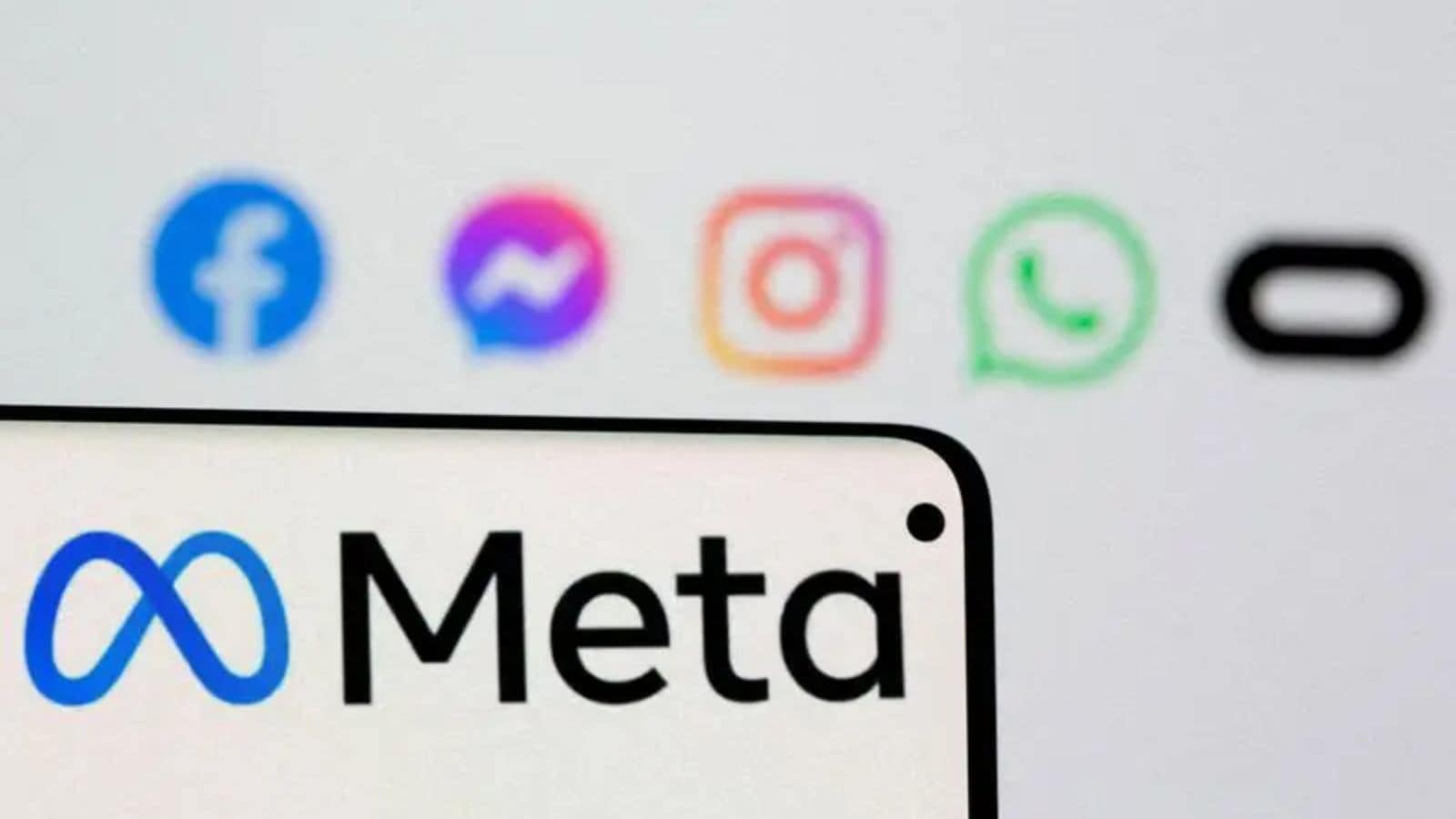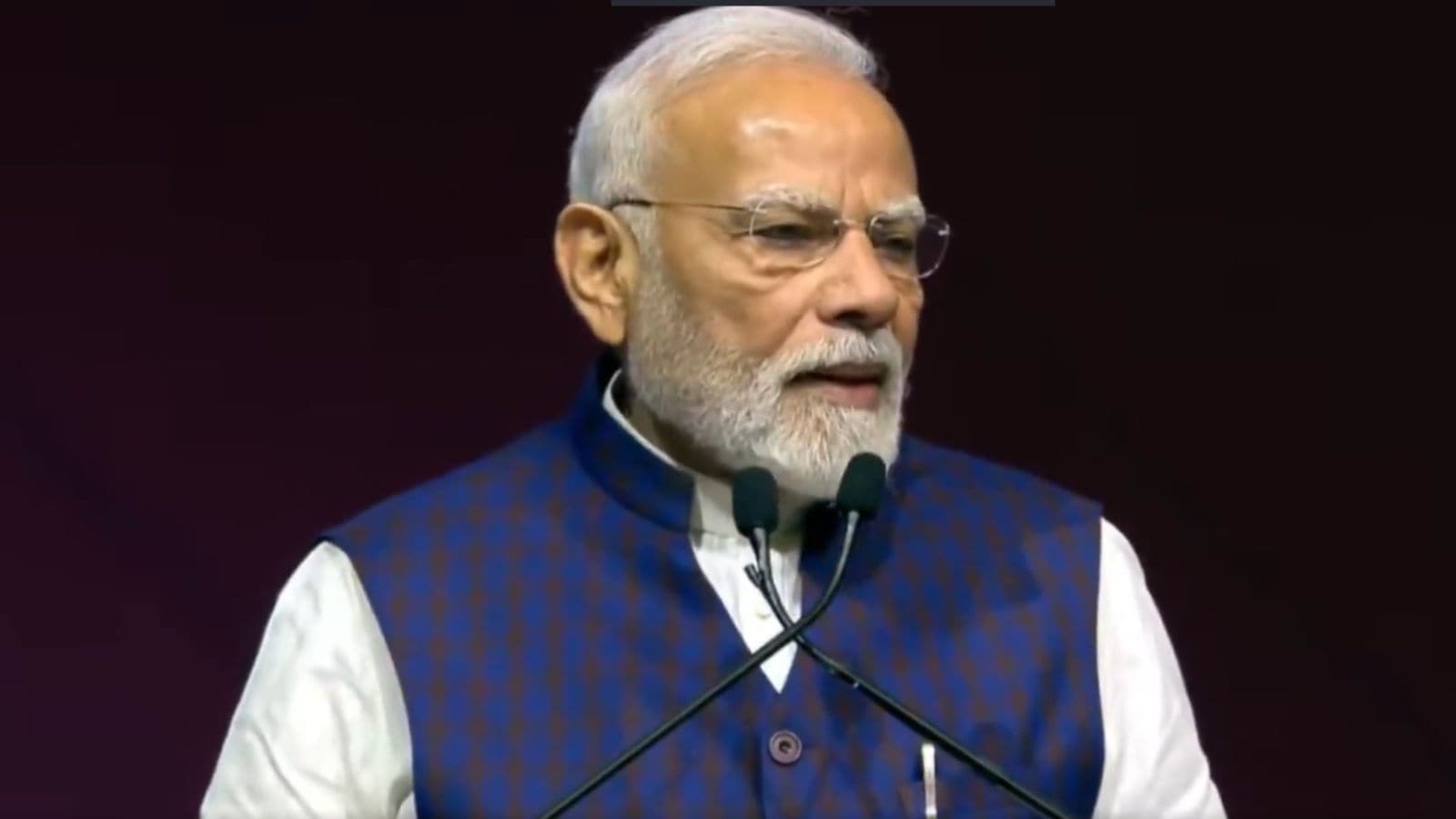
GST Confusion for Ride-Hailing Apps in India
The GST situation for ride-hailing apps in India remains quite ambiguous, especially in light of the recent developments for food delivery services. The GST Council has imposed an 18% levy on local delivery services provided by e-commerce operators (ECOs) like Zomato and Swiggy. This new tax is in addition to the existing 5% GST already collected by these platforms on behalf of restaurants. As a result, the cost burden is likely to be passed on to users who order food through these aggregator apps.
On the other hand, ride-hailing platforms such as Uber, Ola, and Rapido are still seeking clarity on whether GST applies to passengers under the subscription model. This model allows drivers to pay periodic platform fees, which complicates the tax liability situation. Currently, drivers are paying 18% GST on their platform fees, but it's unclear if this tax should also apply to passengers.
The legal ambiguity surrounding the taxation of ride-hailing services as facilitators has heightened with the rise of subscription models. Unlike commission-based models, where a 5% GST is levied on rides, the subscription model allows passengers to pay directly to drivers. This payment can be made in cash or via digital methods like UPI, meaning the apps do not collect payments from passengers, which could influence their GST liabilities.
The Karnataka bench of the Authority for Advanced Ruling (AAR) had previously stated that Uber is still required to collect and remit 5% GST under the subscription model. However, this contrasts with an earlier ruling for Namma Yatri, which indicated it did not need to collect GST from passengers, arguing that it merely connects drivers with passengers without being directly involved in the transportation service.
In recent months, Uber transitioned to a subscription model for auto rickshaw rides, following competitors like Namma Yatri and Rapido. This approach, which avoids high commission rates, aims to attract more drivers to their platforms. For passengers, this model generally translates to lower fares due to the absence of the additional 5% GST.
The shift towards subscription models gained momentum after Namma Yatri, developed by Juspay Technologies in collaboration with Bengaluru’s Auto Rickshaw Drivers’ Union (ARDU), launched its services for autos in September 2023 and expanded to cabs in April 2024. Other platforms like Rapido and Ola have also introduced similar subscription plans in the following months.
While Uber has a stronger presence in the four-wheeler sector, it has yet to adopt the subscription model for cabs, which may change soon due to the lack of official clarification on GST liability and increasing competition in the market. With uncertainty prevailing, both drivers and riders are left navigating a complex tax landscape.













